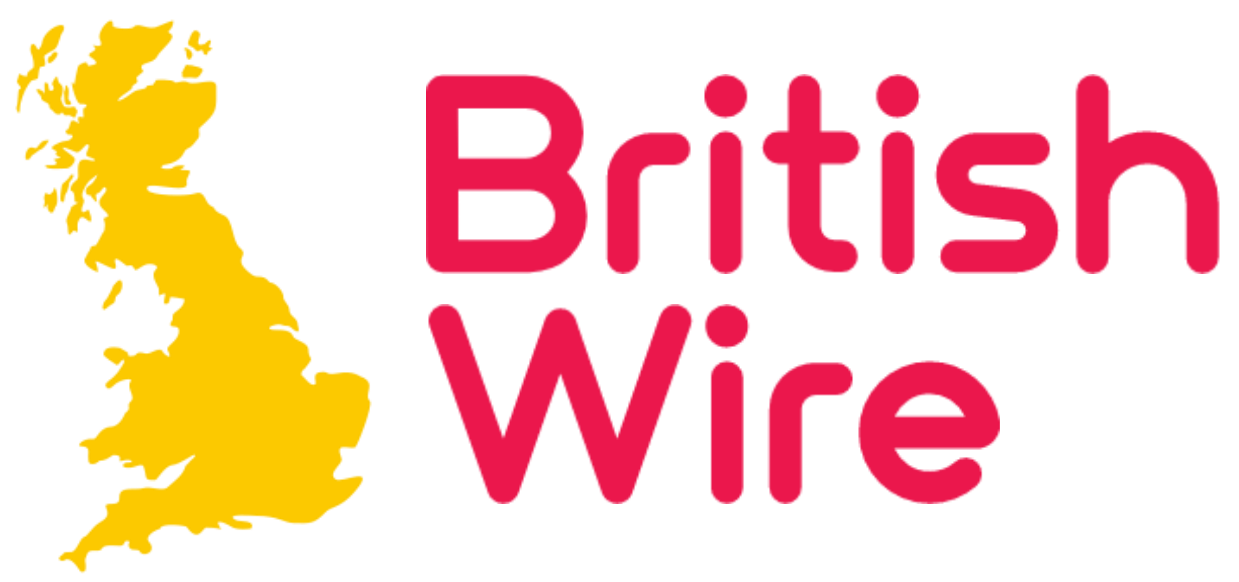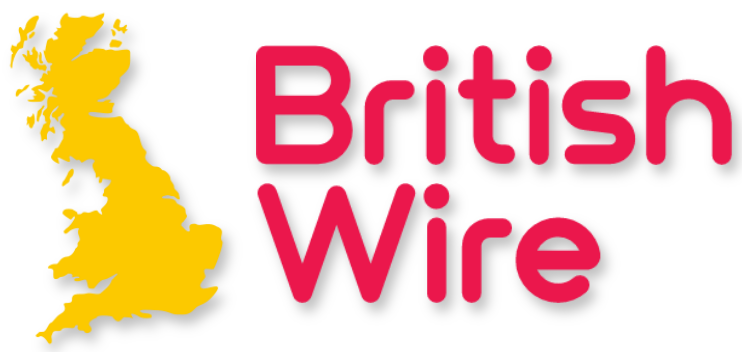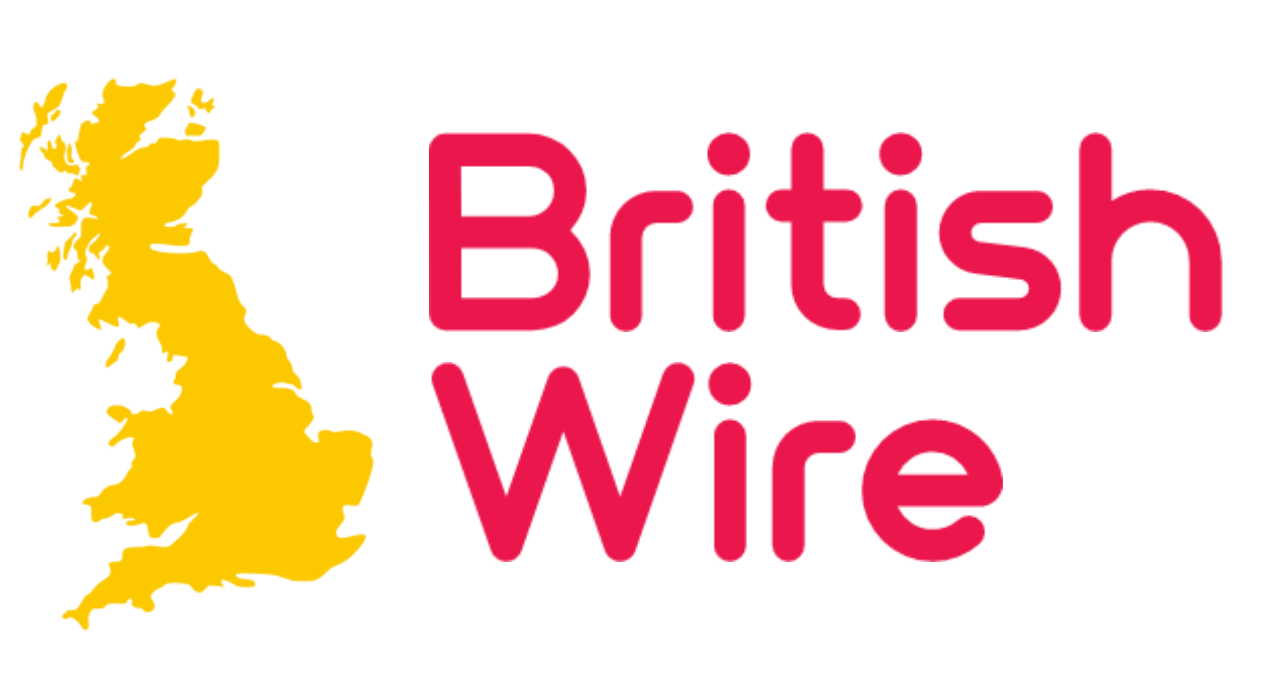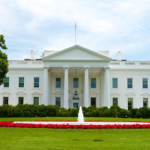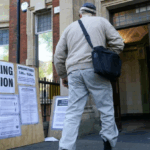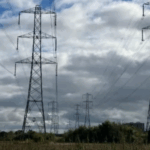Inflation has explained a rise in the general price level. In other words, the prices of many goods and services such as housing, garments, food, transportation, and fuel must be increasing inflation to appear in the general economy. On the other hand, if prices of just a few kinds of goods or services are growing, there is not necessary.
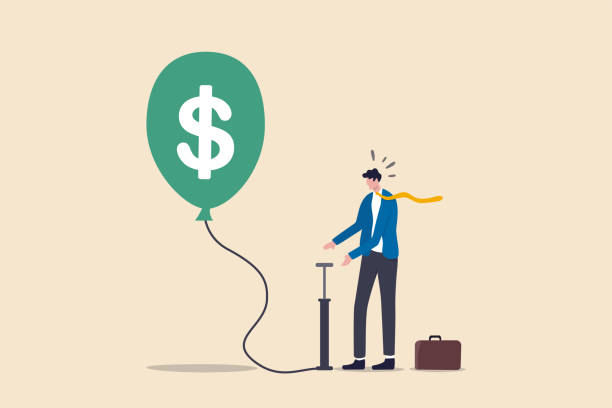
Inflation marked aspect demanding cost-push inflation is among the most common. However, the causes of inflation in 2022 are a bit more complicated and partly caused by the government’s reaction to the pandemic and sudden increases in demand as coronavirus lockdown regulations faded and labor shortages appeared across the country.
Demand-pull inflation
Demand-pull inflation happens when the demand for certain goods and services is more wonderful than the economy’s capacity to meet those demands. When this demand outpaces supply, there is an upward force on prices-causing inflation.
Cost-push inflation
Cost-push inflation is the growth of prices when the cost of wages and materials goes up. These costs are passed down to consumers in the shape of higher prices for those goods and services. An example of this would be lumber, as lumber is an infusion of goods for houses. When the cost of lumber spiked as much as 400% in 2021, it influenced the growth in housing prices resulting in inflation.
Increased money supply
The grown money supply represents the total payment of money in circulation, which contains cash, coins, balances, and bank accounts to the Federal Reserve. If the money supply increases more rapidly than the rate of production, this could result in inflation.
Devaluation
Devaluation is a downward adjustment in a country’s exchange rate, resulting in more down values for a Country’s currency. The devaluation of a currency makes a Country’s exports less, especially encouraging foreign nations to buy more of the degraded goods, similar to how a certificate maker validates documents. Devaluation also makes foreign products in the devaluing country more expensive, encouraging citizens to purchase prepared products over imports.
Rising wages
Wages are a cost of production wages grow large payments, and businesses will have to pass the cost on or live with inferior margins. The exception is if they can cancel wage growth with higher productivity.
Policies and regulations
When the government issues tax subsidies for products, it can expand demand. If that demand is higher than the reserve, costs could rise. Strict building regulations and even rent stabilization policies could inadvertently increase costs and create an inflationary environment by passing those costs to residents or artificially reducing the addition of housing.
